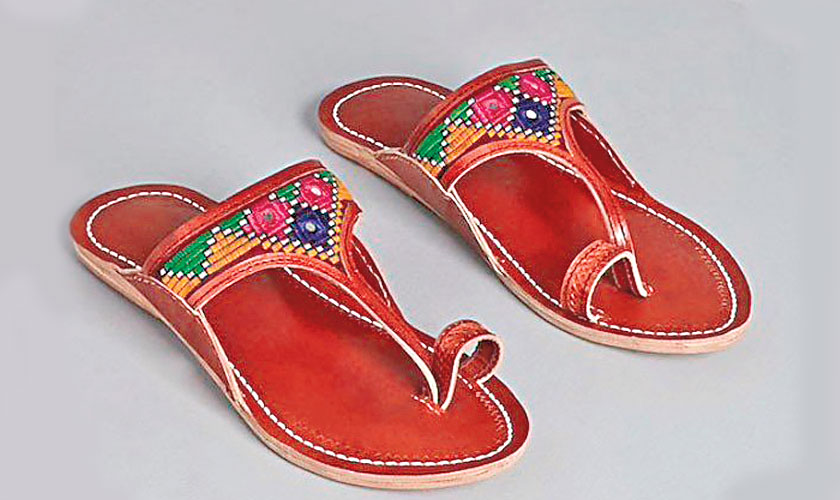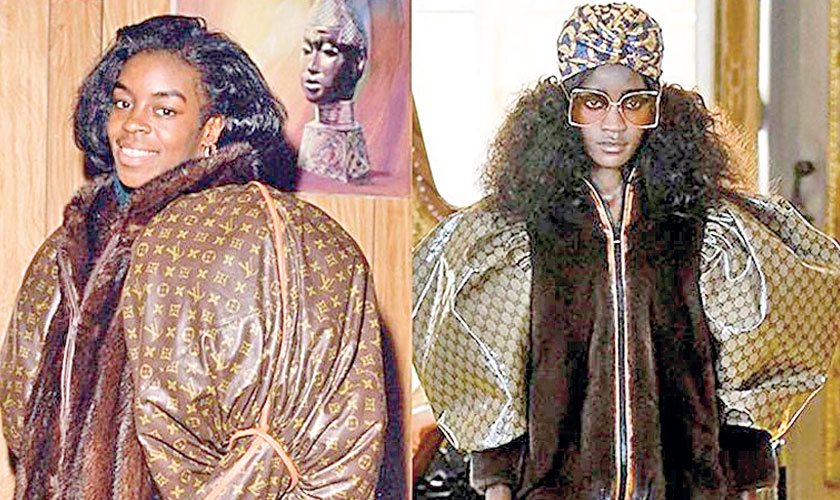The term ‘cultural appropriation’ is loosely thrown around in fashion and entertainment. Designers naturally look for inspiration beyond their immediate worlds and often the results are misguided and offensive. But we can’t guard cultures in an effort to preserve them - it’s counterproductive and neither culture nor creativity work that way.
Vogue Arabia’s cover image of Gigi Hadid in a veil created social media uproar. It was claimed that Gigi’s presence and styling
was an example of cultural appropriation and that she only used her Palestinian roots when it was convenient for her.
Cultural appropriation is part of the global village we live in but brands are still coming under fire for being insensitive. Learn how to do it right and make it an exchange.
The term ‘cultural appropriation’ is loosely thrown around in fashion and entertainment. Designers naturally look for inspiration beyond their immediate worlds and often the results are misguided and offensive. But we can’t guard cultures in an effort to preserve them - it’s counterproductive and neither culture nor creativity work that way. So how does one navigate the sensitive waters of appropriation then?
We are in 2017, people are more aware and educated but there were still numerous examples of thoughtless moves by brands. Instep compiles a list of conversation points regarding appropriation this year that we can learn from.
Forever 21’s kohlapuri

Forever 21 recently released a range of “sandals” by The Studio Caleidoscope that they describe as “a pair of genuine leather sandals featuring a tribal-inspired embroidered upper, a toe-ring strap construction, and a flat heel. Dust bag included.” These sandals look a lot like a regular kohlapuri available at Liberty or Uzma Centre for around Rs 500, compared to the $48-dollar version on the website. To justify the cost, Forever 21 has given the sandals a fancy description with no mention of the place of origin. The details do mention “Made in India” but that isn’t enough especially when in a similar case, Paul Smith already copied the peshawari chappal two years ago and the wrongful appropriation was corrected by giving due credit.
Gucci & Dapper Dan

There was a massive social media lashing for Gucci (right) after referencing an early Daniel “Dapper Dan” Day creation (left) without mentioning it in their latest showcase.
There was a massive social media lashing for Gucci’s designer Allesandro Michele after referencing an early Daniel “Dapper Dan” Day creation without mentioning it in his latest showcase. People argued that this wasn’t the first time a big brand had stolen from the thoughts of a black designer or creative. Dapper Dan’s logo emblazoned gear in the ‘80s and ‘90s caused a slew of lawsuits from houses like Gucci, Louis Vuitton, and Fendi due to his rip-offs of their logos. Even though some of these brands were not even producing apparel at that time, nor in the same silhouettes as Dan, the display of their symbols and emblems on pieces that they weren’t receiving any profits from was cause for legal action. Now, Gucci has created a jacket just like Dan’s but without credit and the issue truly came full circle. After a social media uproar, Gucci admitted that they were in fact inspired by him. Why couldn’t Gucci give Dan recognition for his influence before they were called out for it?
Chanel
Chanel was accused of cultural appropriation for selling a $1,325 boomerang in May. The logo emblazoned boomerang did not go down so well in Austrailia, home of Aboriginal culture where the boomerang originated from. Historically, boomerangs were used as a hunting weapon by indigenous people in Australia and hold a special significance to the community today but Chanel made no reference to it. Subsequently social media made enough noise that Chanel formally apologized.
Vogue Arabia and Gigi Hadid
Vogue Arabia recently launched in the Middle East and the first cover girl was none other than half Palestinian model of the moment, Gigi Hadid. The cover image of her in a jeweled veil, albeit a powerful one created social media uproar because they claimed that Gigi’s presence and styling was an example of cultural appropriation and that she only used her Palestinian roots when it was convenient for her. Neither Vogue Arabia nor Hadid have addressed the criticism as of yet but it does raise an important question about cultural identity: as a half-Palestinian woman, does Gigi have the right to embrace certain elements of Arab culture without causing offence?
Kendall Jenner and Pepsi
It hasn’t been a great year for Kendall Jenner when it came to controlling her PR. First it was the toe-curlingly bad advert in which Kendall Jenner took part in a protest that ripped off images from the civil rights and Black Lives Matter movements. Within a day of its release, the ad campaign came to a halt amid accusations that the company and Jenner had appropriated serious political and social-justice movements to sell soda. Then there was Jenner’s Vogue India cover where social media expressed concern that a “white face” was chosen over an Indian model to celebrate a decade of Vogue’s presence in India.
So what’s a brand to do? Never look to another culture for ideas? The truth is that if the culture being borrowed from benefits from the venture even to a minute degree, it can be deemed acceptable. That being said, brands must be careful to look beyond stereotypes and engage with the cultures that inspire them, if not going so far as to work with artists from those cultures in the production of a collection. If they are enlisted in the making of their product or are even receiving a percentage of sales it would be more tolerable. Rather than simply seeming to profit from other people’s history and symbolism, brands should enable it. The world is vast and information is free but appropriation without citation by those in power erases the culture being referenced. Those in power - the brands - control the narrative and have the ability to preserve cultures.
In doing research and keeping an eye on things like inspiration and sources in fashion, celebrities and brands can pave the way for a more culturally aware world in which appropriation doesn’t happen so constantly. With the global stage and the internet comes a much smaller world and therefore, increased scrutiny. A keener attention to detail and cultural sensitivities is therefore crucial for long term success.